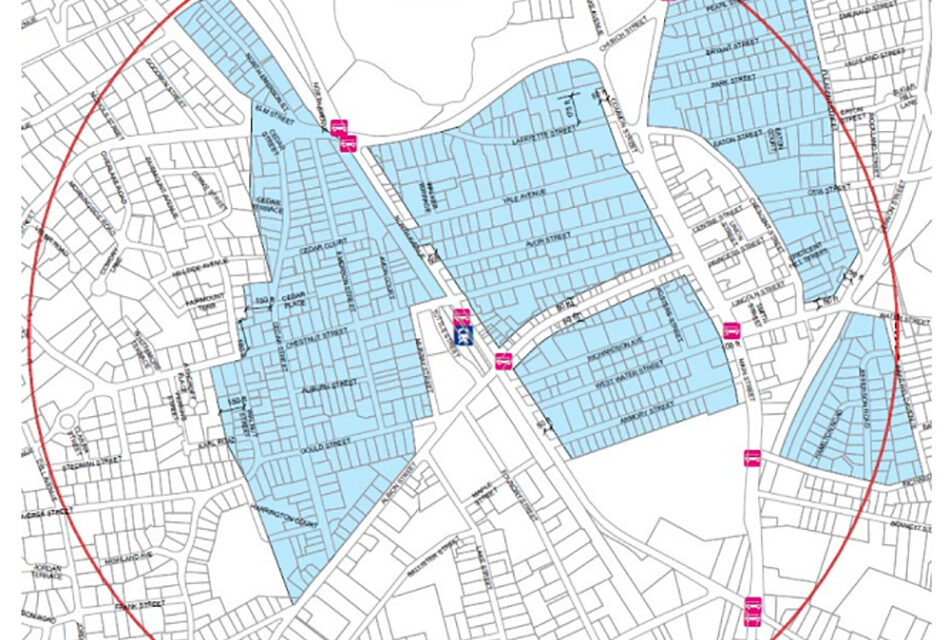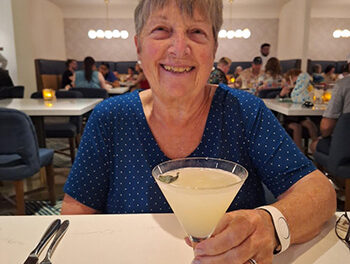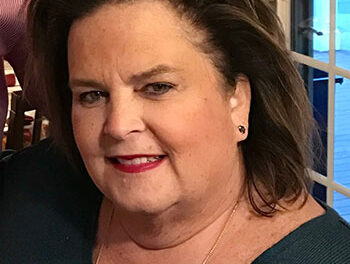By NEIL ZOLOT
WAKEFIELD – At a public hearing on Tuesday, the Planning Board and its local MBTA Communities Working Group heard mostly pushback from residents about their plan for a multi-family zone around downtown as required by the state for MBTA communities. Most speakers objected to the size of the local plan, which allows far more multifamily housing than required by the state.
“I’ve yet to hear a single rational reason why this is good, except that it’s your opinion,” Cyrus Street resident Bronwyn Della-Volpe said. “The Working Group seems to think it knows better than the people of Wakefield.”
The proposal is the result of state requirements for multi-unit by right housing zones for communities with or adjacent to public transit. The state’s Housing Choice Initiative administered through the Department of Housing and Economic Development requires the 175 MBTA communities to “have a zoning district of ‘reasonable size’ that allows for multi-family residential development ‘by right,’ ” according to the Metropolitan Area Planning Council. This district must be located within a half mile of a transit station.

The state is trying to encourage more transit-friendly housing near MBTA routes. (Frank Conte File Photo)
The statute requires the district to have a minimum density of 15 units per acre, subject to any further limitations imposed by the Wetlands Protections Act and state wastewater regulations; be located within a half mile from a commuter rail station, subway station, ferry terminal or bus station, if applicable, and not be age-restricted and be suitable for families with children.
If a municipality does not comply with this requirement, the municipality will be ineligible to receive funds from Housing Choice Initiative (a community must be a Housing Choice community to be eligible, as well); local Capital Projects Funds and MassWorks Infrastructure Development Program.
Compliance is achieved when an MBTA community adopts a multi-family zoning district that meets all the requirements of the compliance guidelines and is certified by DHCD. The deadline for Wakefield to adopt such a district is this December 31.
The objections from communities center on how new development will affect the infrastructure, local services and quality of life. With that in mind, the Working Group designated a local zone to include as-of-right multi-family housing. The zone includes an area around the train station and the downtown.
Wakefield must have a minimum of 1,696 possible units. The Working Group is proposing 2,359. Other things will stay the same, such as the 35 foot height limits and setback regulations.
Working Group chairman James Hogan said multifamily housing near the downtown would enhance economic development by increasing the number of residents within walking distances of businesses.
Residents questioned that rationale.
“The mandate is not about driving business downtown,” Della-Volpe objected. “The Working group has taken that upon themselves.”
“It will do more harm than good, especially if you want to add more units than required,” Cedar Street resident Karen King said. “It’s overkill. You need to start listening to the people who live in the area. We can’t take more in the area.”
John Sofia of Whittemore Terrace agreed.
“The Working Group has imposed their own preferences on this,” he said. “If they wanted to do the right thing, they would have come up with different choices. It’s a display of arrogance not to have alternatives.”
Bill Merullo observed that the changes are a step towards urbanization and will reduce the quality of life in the town. “Maybe we should forgo the (state) funding,” he said.
The Greenwood station area was excluded because the Working Group felt multi-family units would change the character of a neighborhood with many single family homes and the larger lots could trigger developments larger than 4 units.
“The proposed district has houses the most similar to houses that would be allowed,” Hogan explained.
Julie Scott of Central Street called the Greenwood area another downtown within the required distance of two stations, the Greenwood station and the Melrose one.
“We looked and talked about Greenwood, but a lot of people would not take kindly to changing the character of the neighborhood,” Planning Board member Matt Lowry, a Greenwood resident, answered. “If we had a multi-unit zone there, people would have to drive to go everywhere.”
Hogan added the Greenwood area zoning should be looked at, but at a later time.
Tania Roberts of Murray Street said the proposed district would potentially endanger the survival of houses dating back to the late 1800s. She also questioned the size of the proposed district.
“Why does this have to be so big?” she asked.
Della-Volpe added it would be “unconscionable” to include older houses in the district.
The only person speaking in favor of the plan was Dave Stransky of Main Street. His remarks focused less on the specifics than the positive aspects of living downtown near the business district and public transportation.
The Public Hearing will continue at the next meeting Tuesday, February 27.
“We’ve gotten a lot more feedback than we anticipated,” Planning Board member Bill Spaulding conceded.
The matter will be decided at Town Meeting Monday, April 29. The Planning Board and Working Group may make minor changes to the planned article, such as minor adjustments to the language, but none outside its intent, according to Hogan.
Nevertheless, one resident told them, “If you want something passable, you should reconsider the map.”
The recommended area can be reduced but not expanded because anyone in a previously undesignated area would not have received a long enough notice of the possible changes.





